Review of the exhibition held at the ZKM in Karlsruhe from 05.11.2016 to 12.03.2017
A gigantic media-tech projection, suspended in the aisles of the ZKM -media art research centre- interprets the idea of architecture in intangible, audio-visual and sensorial structures, by exploring through Frei Otto’s work the cognitive experiences and intuitions gathering in models as constant sources of self-analysis and self-generated experimentation with technical, artisanal, artistic and multimedia abilities. Multi-vision that expands in the configuration of the arrangement. A multicellular organism, rarefied in a constellation of tables, shelves, lamps, supported by a maze of cables that enhance the heights and the widths of the point structure hosting the ZKM: one of the largest industrial buildings in Germany at the threshold of modernity, designed by Philip Jakob Manz during WW1 as an arms and ammunitions factory, now historical heritage. The minimal, spare setup for Frei Otto’s exhibition “Denken in Modellen” – curated by Georg Vrachliotis, with Sabiha Keyif for the ZKM, co-produced by the SAAI (Südwestdeutsches Archiv für Architektur und Ingenieurbau) of the KIT-Karlsruhe Institute of Technology and by the Wüstenrot foundation – draws from a limited glossary of displays that operates by the overlapping of semantic settings: study-exhibition/work-procedure. Thinking in models is the constant that bonds investigation-verification-work, displayed object- setup, translated into the environment of a real open-source extra-terrestrial lab, in perfect harmony with the ZKM’s mission, where display-research-archive are experienced as a magmatic unity of ideas. Slowed-down by meandering through the layering of surfaces and micro-narratives, the cosmonaut-observer reaches at last the galaxy of models: more than 200 pieces, comprising models, tools and prototypes, float on a huge metal surface of black plate rendered invisible by the cast of neon lights, thus freeing the viewer’s gaze to enter into the cognitive universe of Frei Otto.
His Pritzker Award-winning work –conferred in 2015 at the same time of his death- is staged as an elaboration of the collective desire of an open society, which started to take shape from the infant Federal Germany of the 1950s. Frei Otto counters the ideal of eternity, monumentality and representation, with modules and formal aggregations that engage temporality and the ever-changing in the “membrane” as a stabiliser of correlations between architecture, engineering, physics, chemistry, and nature in its processual objectification, with an artist-scientist levity. This is confirmed by Norman Foster’s words for his eightieth birthday: “He was always a step ahead of us because his infinite love of flying guided his approach to architecture, and so his whole architectural dictionary was inspired by lightness.”
The model stands as a junction of arrival and re-start for the drawing. In models, manual and empirical knowledge integrate with the coding of architectural pre-algorithms condensed in the membrane: not a technical-structural shell for wrapping contents, but rather a receptive skin-tent, that recovers in the word “pneumatic” the physical-chemical action as a principle of life, of breath. Within the models rib cage, optical nerve, and tactile sensation move simultaneously, stimulating each other in the understanding of the form, getting lost in Frei Otto’s cognitive leaps, with the awareness of being in an area crowded with many inhabitants. A porous area, with frayed contours, without circuit and with many accesses, of which many apparently casual. Thinking in models becomes a declination for those looking for a guide to explore the exhibition, touching its salient knots in the model-module’s oscillation that contains the German word Model. From increased reality, to the mystery of soap bubbles (watch the video!), to the full-empty overturning in convexity and concavity, to the properties of matter, to the passage of the idea in construction, as in the Tenda pavilion in Kassel in 1955, to the regeneration of research, entrusted also to models as synergic and reactive means, which students can experience first-hand. “The majority of architects think or used to think in drawings, because nowadays they think on computer screens -said Frei Otto to the magazine of architecture Icon in 2005- I, instead, was always trying to think three-dimensionally. My brain’s inner eye is not supposed to be flat, but three-dimensional, so that each thing becomes an object in space. Because, we don’t live in a two-dimensional world.”
About Author
Tag
allestimenti , mostre
Last modified: 20 Dicembre 2016


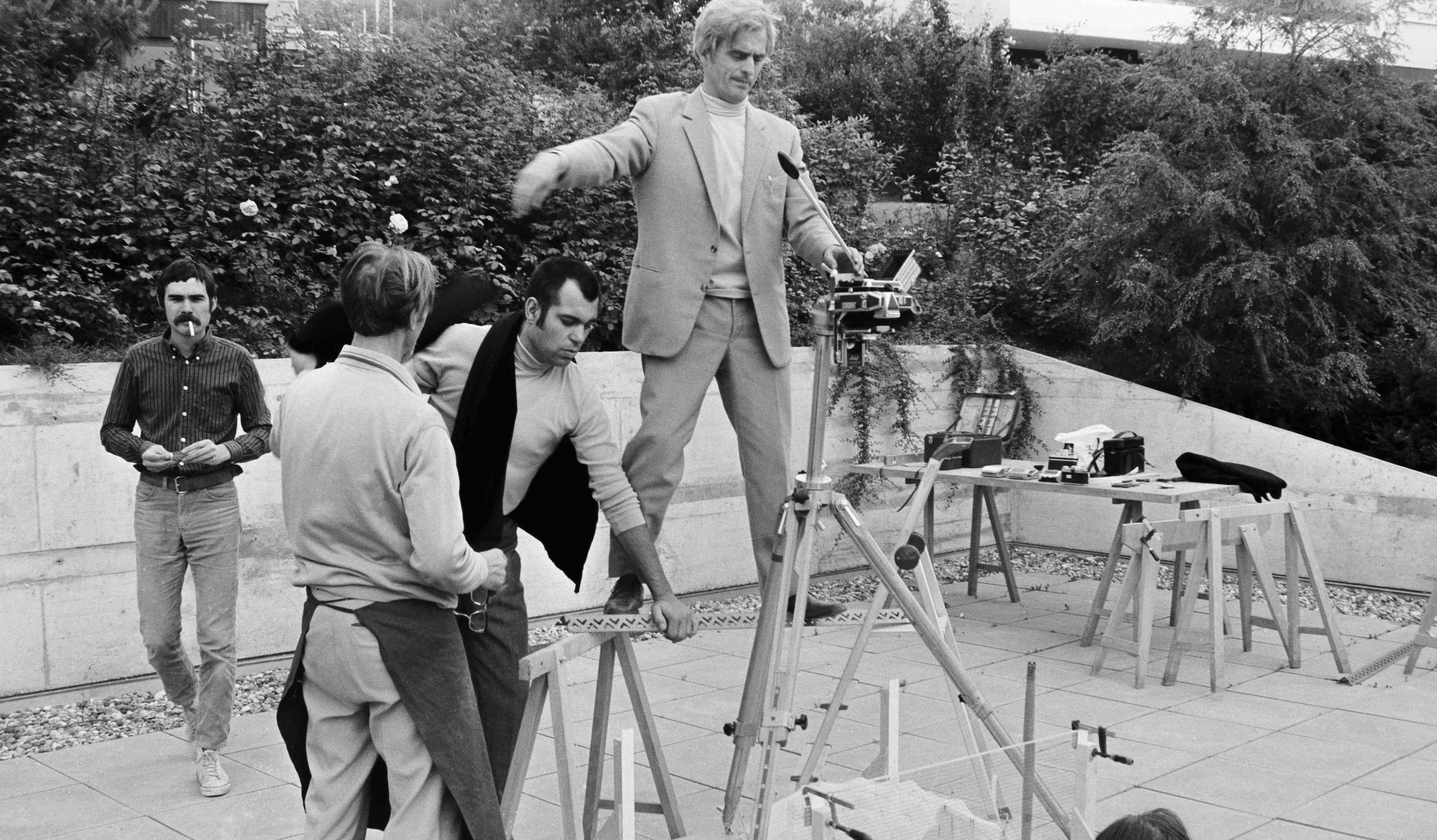
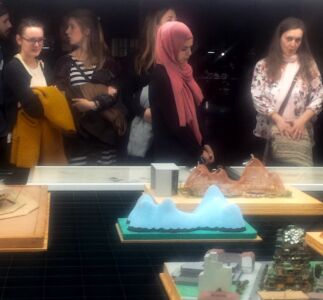


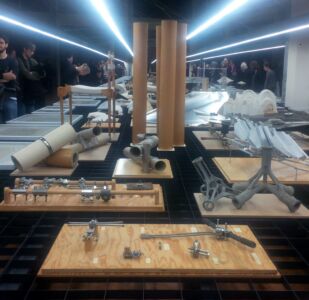
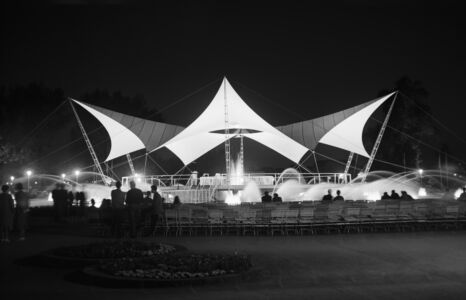

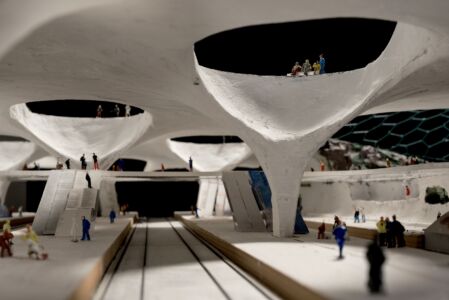
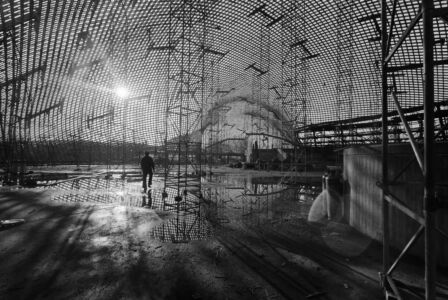
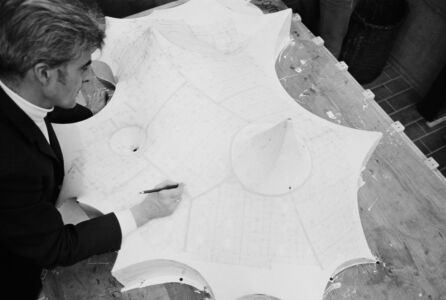
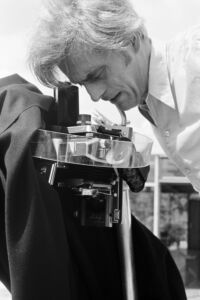
























[…] LEGGI L’ARTICOLO IN LINGUA INGLESE […]